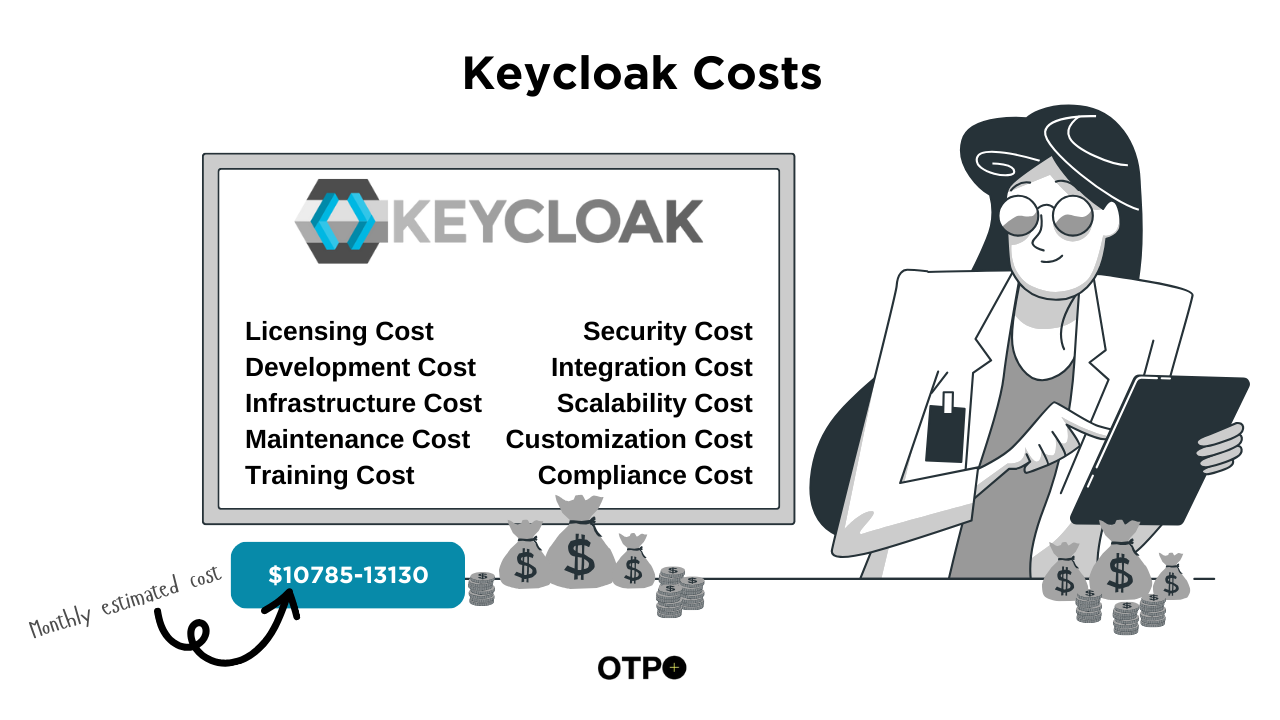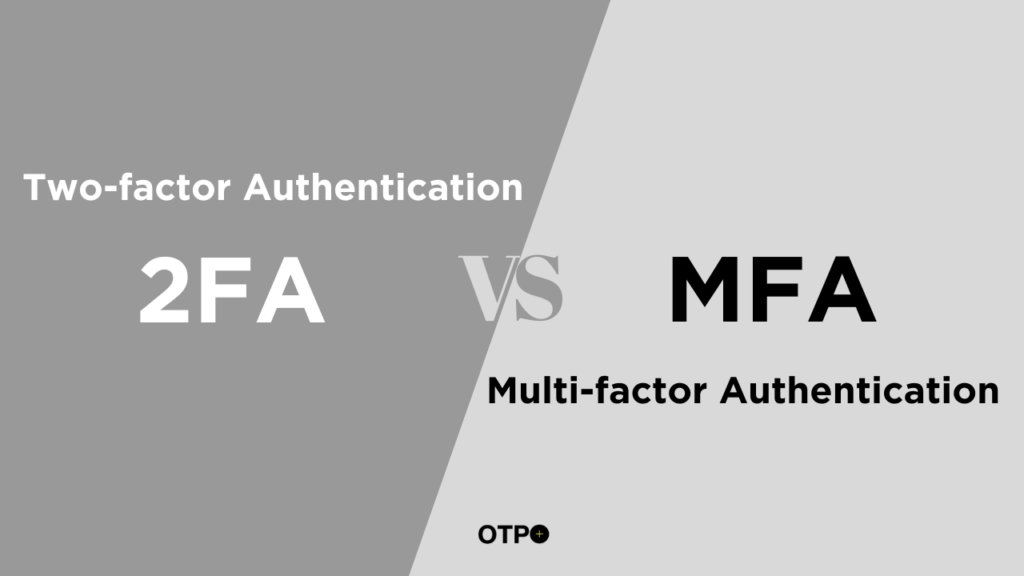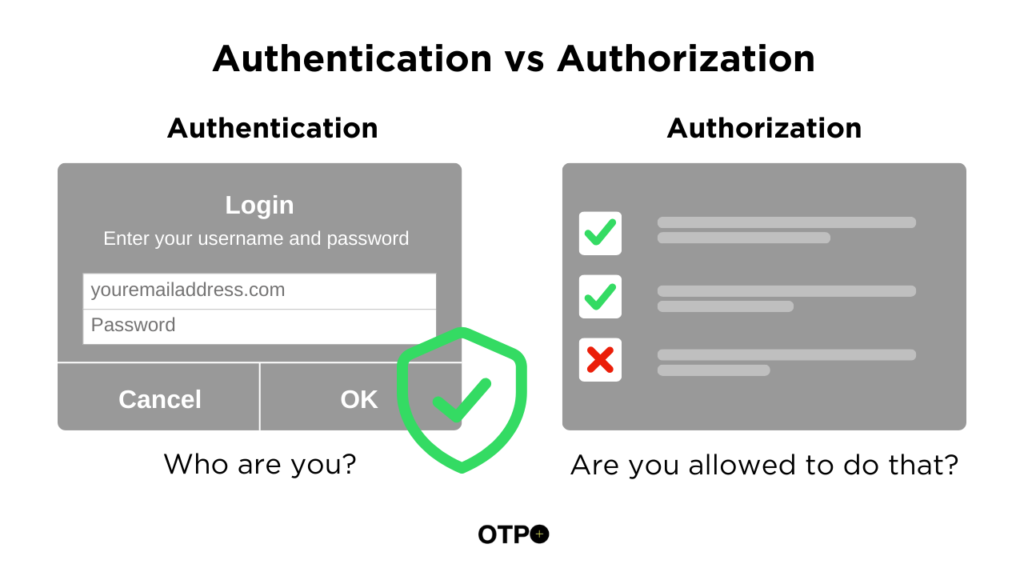So, you’re diving into the app development world, and you’ve heard about Keycloak as a solution for managing user authentication and access control. It’s an exciting journey, but before you jump in headfirst, let’s talk about something crucial: costs. Yep, you heard it right. Integrating Keycloak into your app comes with its own set of costs, and it’s essential to understand them upfront to make informed decisions. In this article, we will delve into the various costs associated with implementing Keycloak in application development and explore strategies to minimize these costs effectively.
So, grab a cup of coffee, and let’s dive in!
What Exactly is Keycloak?
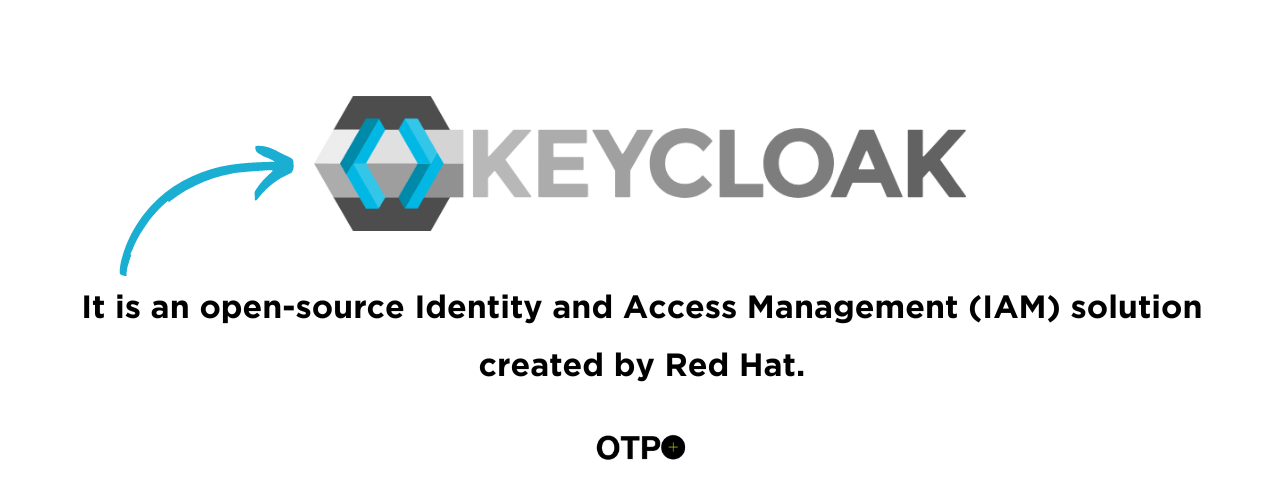
At its core, Keycloak is a comprehensive identity and access management solution that provides authentication, authorization, and single sign-on capabilities for applications and services. It offers many features, including user registration, social login integration, two-factor authentication, and fine-grained access control policies.
In simple terms, it handles all things related to user authentication and access control, ensuring only the right people get in. But it’s more than just an essential gatekeeper; it’s a robust identity and access management platform developed by the folks at Red Hat. Think of it as your app’s trusty sidekick, ensuring top-notch security and user management.
Must Read: What is Keycloak and What Does It Do?
Benefits of Using Keycloak
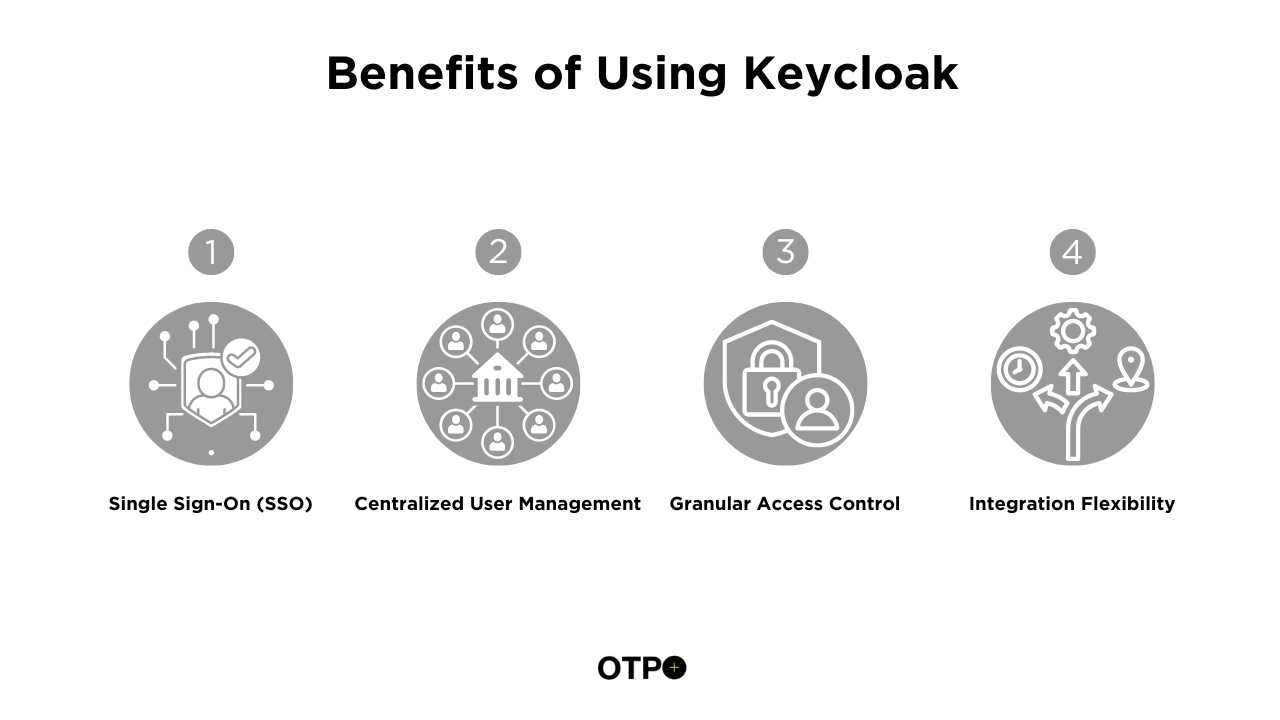
You might wonder, “Why should I bother with Keycloak when I can handle authentication myself?” Well, my friend, Keycloak offers a ton of benefits.
Single Sign-On (SSO)
Have you ever been annoyed by logging in separately to multiple apps? With Keycloak, users can sign in once and access all their connected apps seamlessly—it’s like magic!
Centralized User Management
Say goodbye to scattered user databases. Keycloak lets you manage all your users from one central location, making user administration a breeze. You need to build by yourself.
Granular Access Control
Want to control who can access what within your app? Keycloak’s role-based access control (RBAC) lets you define fine-grained access policies based on user roles and permissions.
Integration Flexibility
Whether dealing with LDAP, Active Directory, or social media logins, Keycloak plays nice with various identity providers, giving you flexibility in authentication methods.
Types of Keycloak Costs
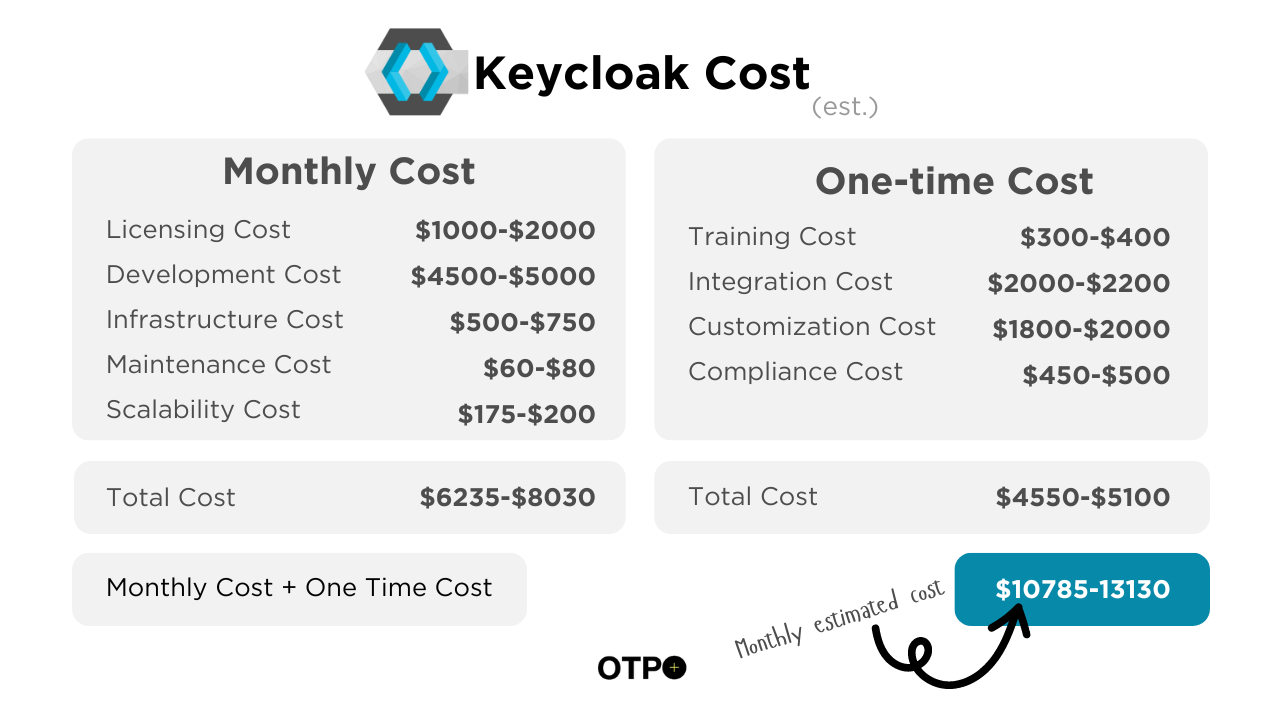
Licensing Cost
Development Cost
Infrastructure Cost
Maintenance Cost
Training Cost
Security Cost
Integration Cost
Scalability Cost
Customization Cost
Compliance Cost
While Keycloak is open-source and free to use, several costs are associated with implementing and maintaining it in an application development environment. To understand all the costs, we will use the example of “Retailtopia.” Now let’s understand all these costs.
Licensing Cost
Keycloak is free to download and use, but organizations may incur costs if they opt for additional services or support from Red Hat or third-party vendors.

Development Cost
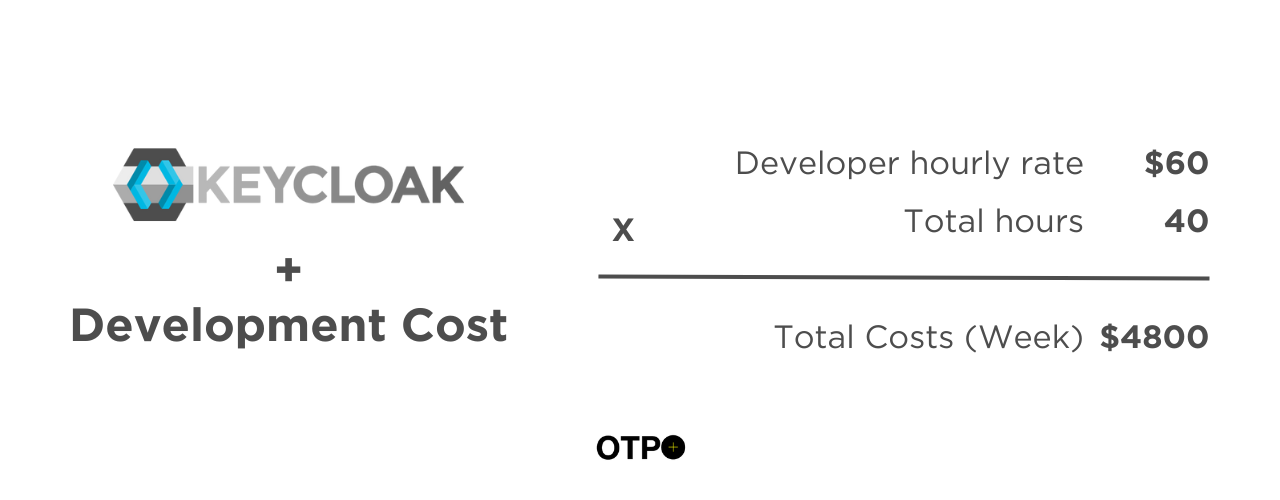
Integrating Keycloak into an application requires time and resources from developers who need to understand its architecture and API.
Retailtopia has an internal development team familiar with Java (the language Keycloak is written in) but new to Keycloak. They estimate 40 hours of learning and configuration effort (at an hourly rate of $60 per developer) to integrate Keycloak with their app. This translates to a development cost of $4800.
Custom connectors will be needed. Make it at home or have somebody from outside do it.
Infrastructure Cost
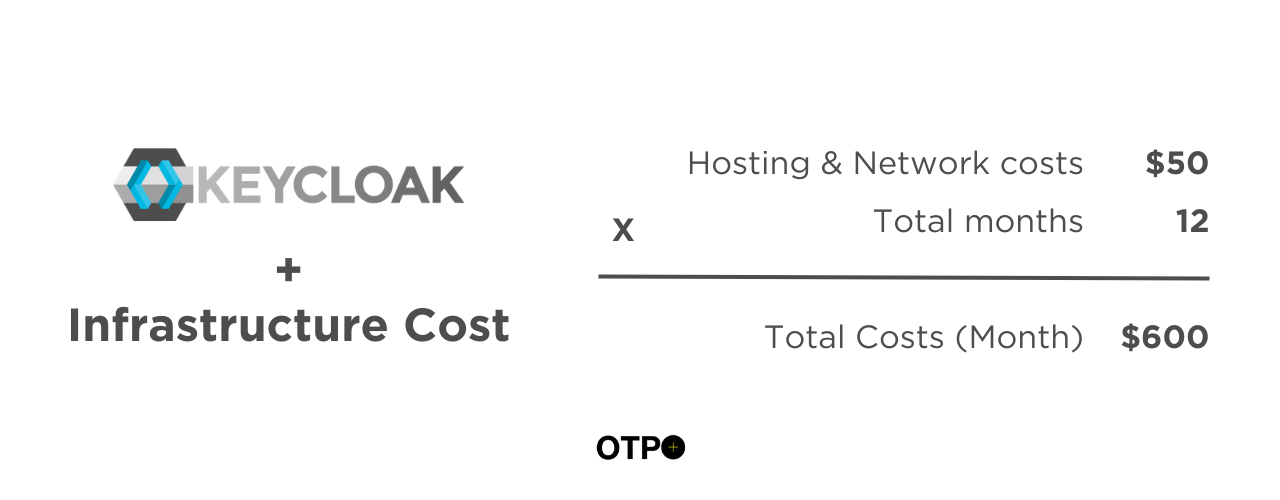
Running Keycloak requires infrastructure resources, whether on-premises servers or cloud-based solutions. Considerations include hosting, storage, and network usage costs.
Retailtopia anticipates moderate initial user traffic and opts for a cloud-based deployment on a mid-tier instance (around $50 per month). This cost is expected to increase as their user base grows.
Maintenance Cost
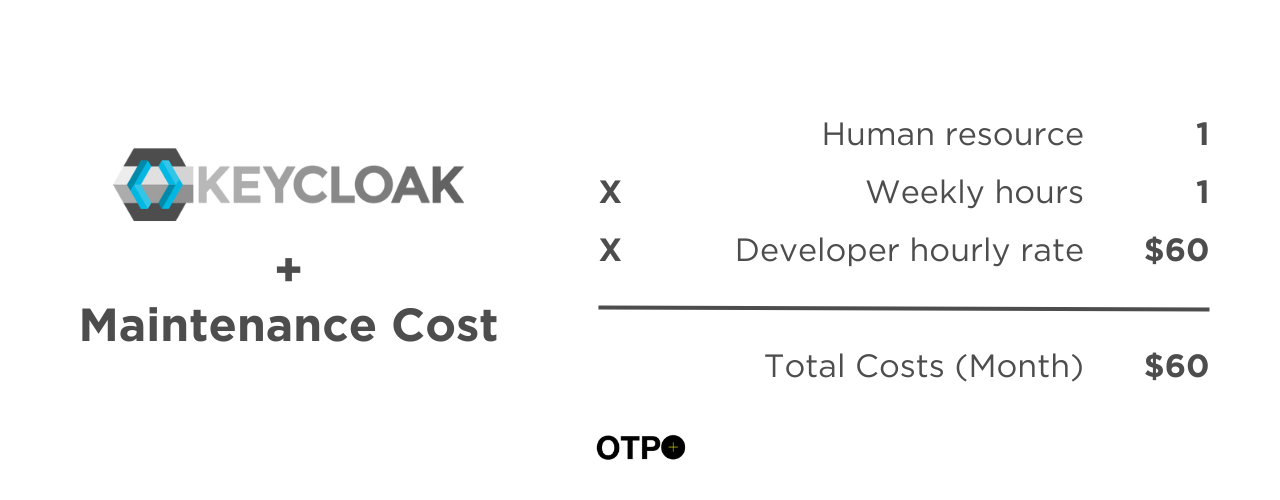
Ongoing maintenance tasks such as updates, patches, and troubleshooting contribute to the overall cost of implementing Keycloak.
The company Retailtopia chooses to manage Keycloak internally. They allocate 1 hour per week of an IT staff member’s time (at $60 per hour) for monitoring and basic maintenance tasks. This translates to a weekly cost of $60.
Training Cost
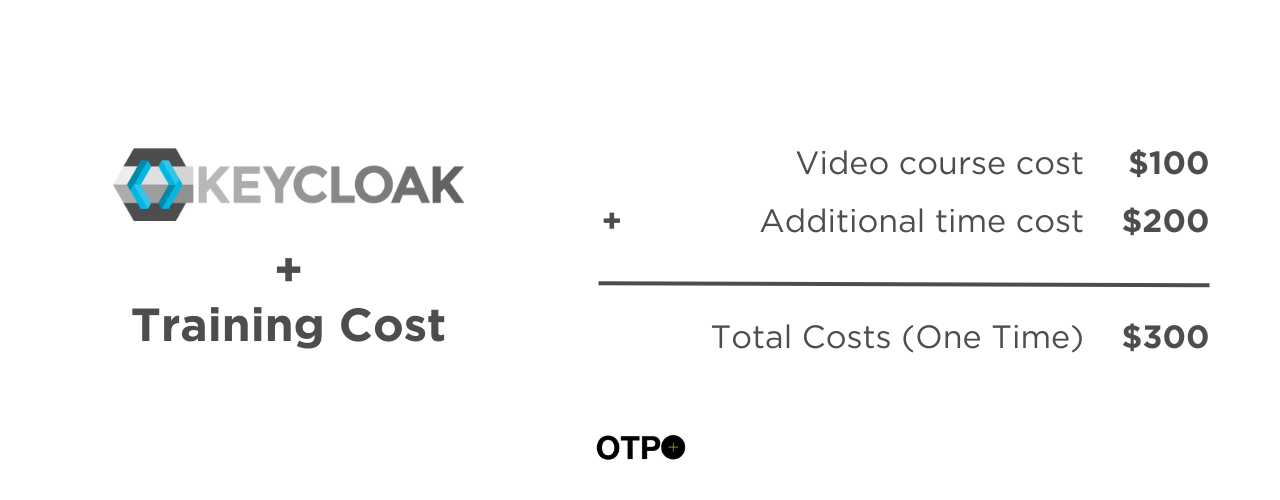
Training programs or workshops may be necessary to familiarize development teams with Keycloak, adding to the overall cost of implementation.
Retailtopia purchases a $100 video course on Keycloak to get its development team up to speed. Internal knowledge-sharing sessions led by a senior developer cost an additional $200.
Security Cost
While Keycloak enhances security, ensuring the security of the Keycloak instance itself requires additional measures such as audits or consulting services.
You need to secure your Keycloak infrastructure because it has keys to the kingdom—secure OS, container, access control policies, etc.
Compliance could also play a role depending on the needs of the business and sector/industry. To name a few, it includes ISO XXX, PCI, PHI, FedRamp, and GDPR.
Integration Cost
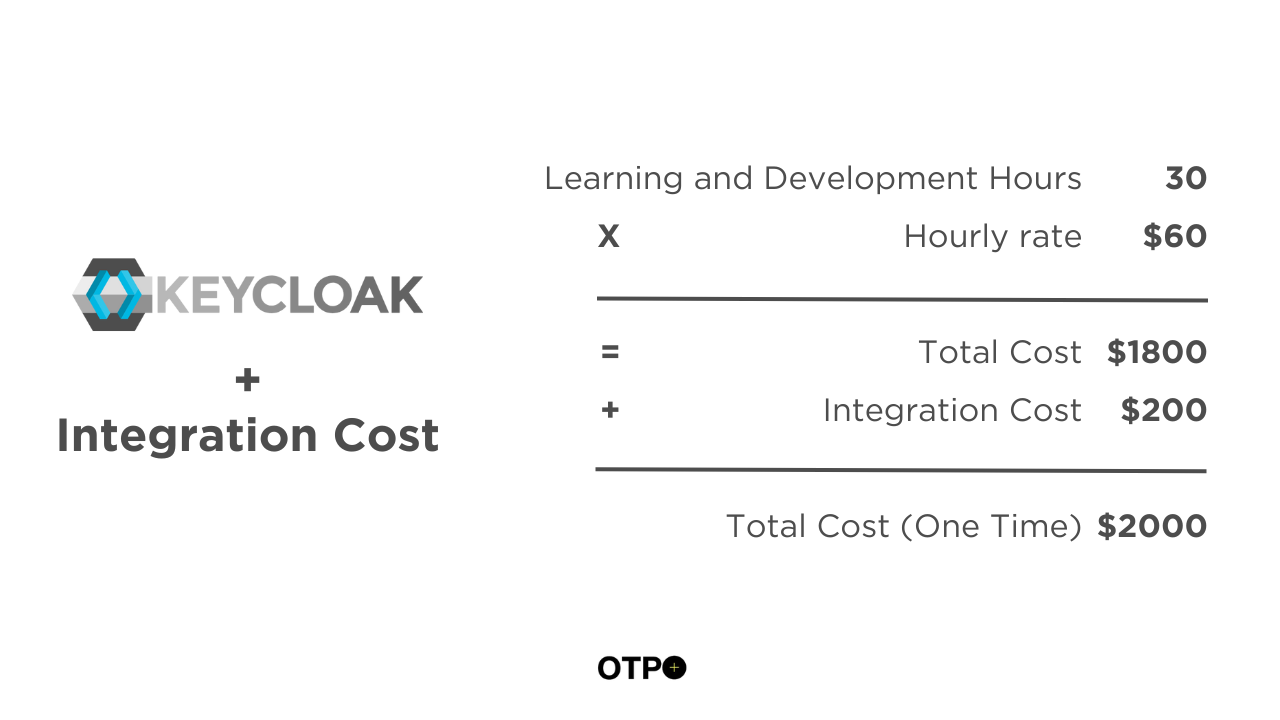
Depending on the existing application architecture, Integrating Keycloak may require significant changes or adjustments, resulting in additional development time and resources.
Potential Costs:
- Learning and Development:
- The team estimates 20 hours for learning Keycloak specifics and another 10 hours for configuring and customizing the pre-built integration (assuming it doesn’t perfectly fit their needs).
- At an hourly rate of $60 per developer, this translates to (20 hours + 10 hours) * $60/hour = $1800
- Pre-built Integration Cost:
- The pre-built integration might have a one-time fee of $200 or a monthly subscription fee of $10.
Total Estimated Integration Cost (assuming one-time pre-built integration fee):
- Learning & Development: $1800
- Pre-built Integration: $200
Total: $2000
Alternative Scenario:
- The cost could be significantly higher if Retailtopia foregoes the pre-built integration and develops the entire integration due to a complex user data model or specific requirements.
- They have invested 30 hours of development effort and a one-time pre-build integration fee of $200, translating to an extra $2000.
Scalability Cost
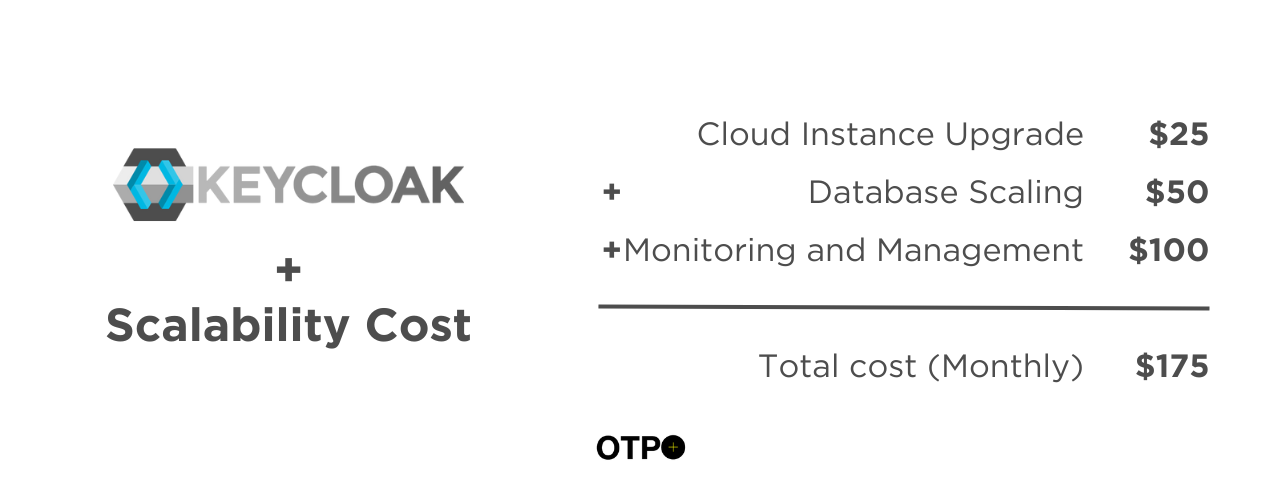
As application usage grows, scaling up the Keycloak instance to handle increased authentication requests may incur additional costs.
Let’s revisit Retailtopia, the e-commerce company, and explore the potential scalability costs associated with their Keycloak deployment as their user base grows.
Current Scenario
Retailtopia utilizes a mid-tier cloud instance for its Keycloak deployment, costing around $50 monthly.
They manage Keycloak internally with essential monitoring.
Potential Scalability Challenges
Increased User Traffic: During peak seasons, a surge in user login attempts could overwhelm their current instance.
Performance Bottlenecks: As the user base grows, the database storing user data and configuration information might need help to handle the increased load.
Potential Scalability Costs:
Infrastructure Scaling:
Upgrading Cloud Instance: Retailtopia might need to migrate to a larger cloud instance type to handle higher traffic. This could cost around $75 per month (a $25 increase).
High Availability: If downtime becomes critical, they might consider a Keycloak cluster or cloud auto-scaling features, leading to a more complex and potentially more expensive infrastructure setup.
Database Scaling:
Storage and Performance: Upgrading the database storage or optimizing its performance for increased load could involve additional database service fees or infrastructure changes.
Monitoring and Management:
Increased Complexity: A larger and more complex Keycloak deployment requires more monitoring and management effort. This could translate to additional staff time or investment in management tools.
Total Estimated Additional Scalability Cost (per month):
Cloud Instance Upgrade: $25 (assuming upgrade to a larger instance)
Database Scaling (variable): This cost depends on the specific solution (a one-time upgrade fee or ongoing database service cost increase).
Monitoring and Management (variable): This could involve additional staff hours or a monthly subscription fee for a management tool.
Remember:
* These are estimates, and actual costs will vary based on specific requirements and chosen solutions.
* Scalability costs are often incurred gradually as the application grows.
Customization Cost
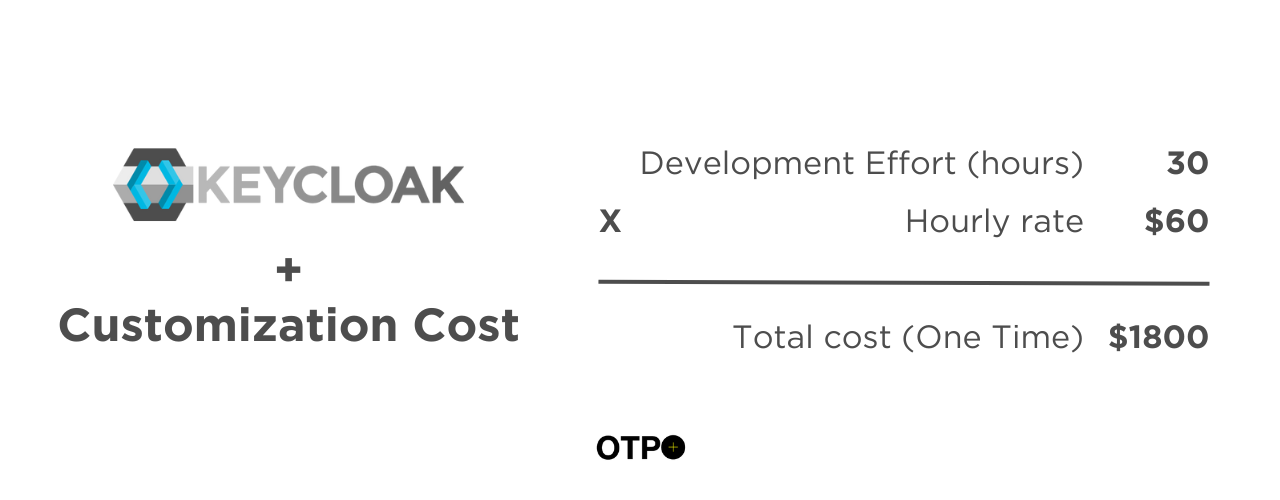
Organizations requiring custom features or functionalities not provided by Keycloak may need to invest in development efforts to extend or customize the platform.
This may be relevant for advanced IAM stack, i.e., govt deployments.
Let’s revisit Retailtopia, the e-commerce company, to explore the potential customization costs associated with Keycloak:
Scenario:
Retailtopia’s basic Keycloak setup functions well for user login and authorization. However, they have a unique requirement:
They want to integrate a custom multi-factor authentication (MFA) method beyond what Keycloak offers out-of-the-box (e.g., integrating with a hardware security key solution).
Factors Influencing Customization Cost:
The complexity of Customization: Adding a custom MFA method requires development work to integrate with Keycloak’s API and potentially modify the user interface for the MFA challenge.
Internal Development Expertise:
Retailtopia’s team might need more experience with Keycloak’s extensibility features for custom integrations.
Potential Costs:
Development Effort: The team estimates 20-30 hours to develop and integrate the custom MFA functionality. An hourly rate of $60 per developer translates to $1200 – $1800.
External Resources:
Retailtopia might consider hiring external consultants with expertise in Keycloak customization, adding an external service cost.
Total Estimated Customization Cost:
Development Effort (internal): $1200 – $1800 (depending on development time)
External Resources (variable): This depends on the chosen consultant’s rates and the scope of work.
Alternative Scenario:
If Retailtopia decides to forgo the custom MFA and use a standard method offered by Keycloak (e.g., SMS verification), there would be no additional customization cost.
Compliance Cost
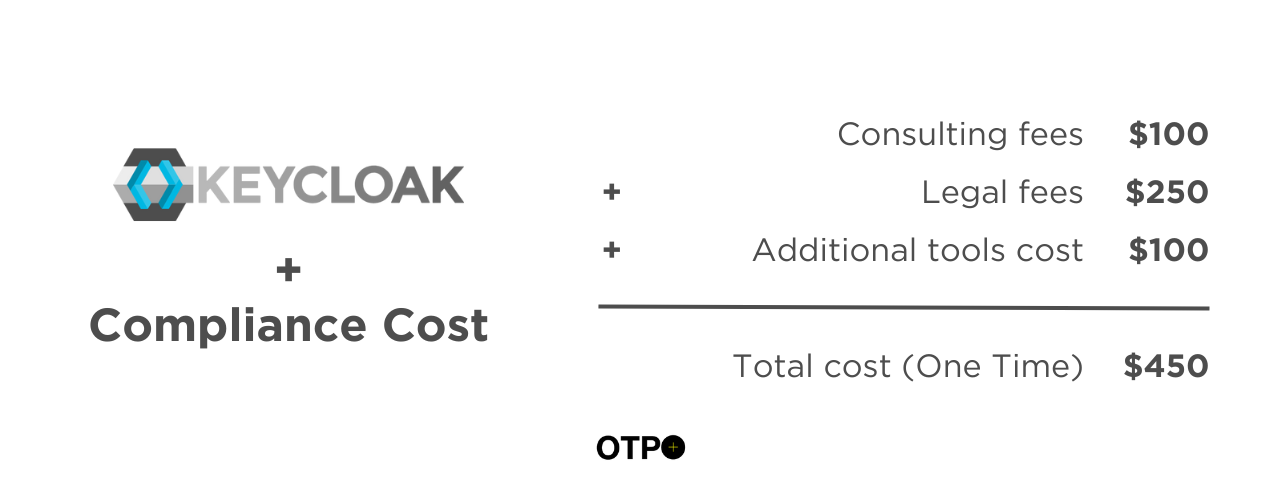
Compliance requirements such as GDPR or HIPAA may necessitate additional investments to ensure Keycloak implementation meets these standards.
Let’s revisit Retailtopia, the e-commerce company, to explore the potential compliance costs associated with using Keycloak:
Scenario:
Retailtopia operates in a region with strict data privacy regulations (e.g., GDPR in Europe). It must ensure its user data management practices comply with these regulations.
Factors Influencing Compliance Cost:
Compliance Requirements: The specific data privacy regulations Retailtopia needs to comply with will dictate the required controls and audits.
Data Storage and Access: Keycloak’s configuration for user data storage location, access controls, and audit logging must be reviewed for compliance.
Internal Expertise:
Retailtopia might need more in-house expertise on data privacy regulations and how Keycloak can be configured for compliance.
Potential Costs:
Compliance Consulting: Retailtopia might engage a compliance consultant to assess their current practices and recommend adjustments to Keycloak’s configuration for compliance. Depending on the complexity, this could be a one-time project or an ongoing retainer.
Legal Advice: Consulting with a lawyer specializing in data privacy regulations might be necessary to ensure Retailtopia’s interpretation and implementation of compliance requirements is accurate.
Additional Tools: Depending on the specific regulations, Retailtopia might need to invest in additional tools for data anonymization, user access request management, or audit logging capabilities that complement Keycloak’s functionality.
Total Estimated Compliance Cost (variable):
Consulting Fees: This can vary depending on the consultant’s expertise and project scope.
Legal Fees: Legal advice costs vary based on the lawyer’s hourly rate and the complexity of the regulations.
Additional Tools: Costs depend on the chosen tools and their licensing models (one-time fee, subscription).
Factors Affecting Keycloak Cost
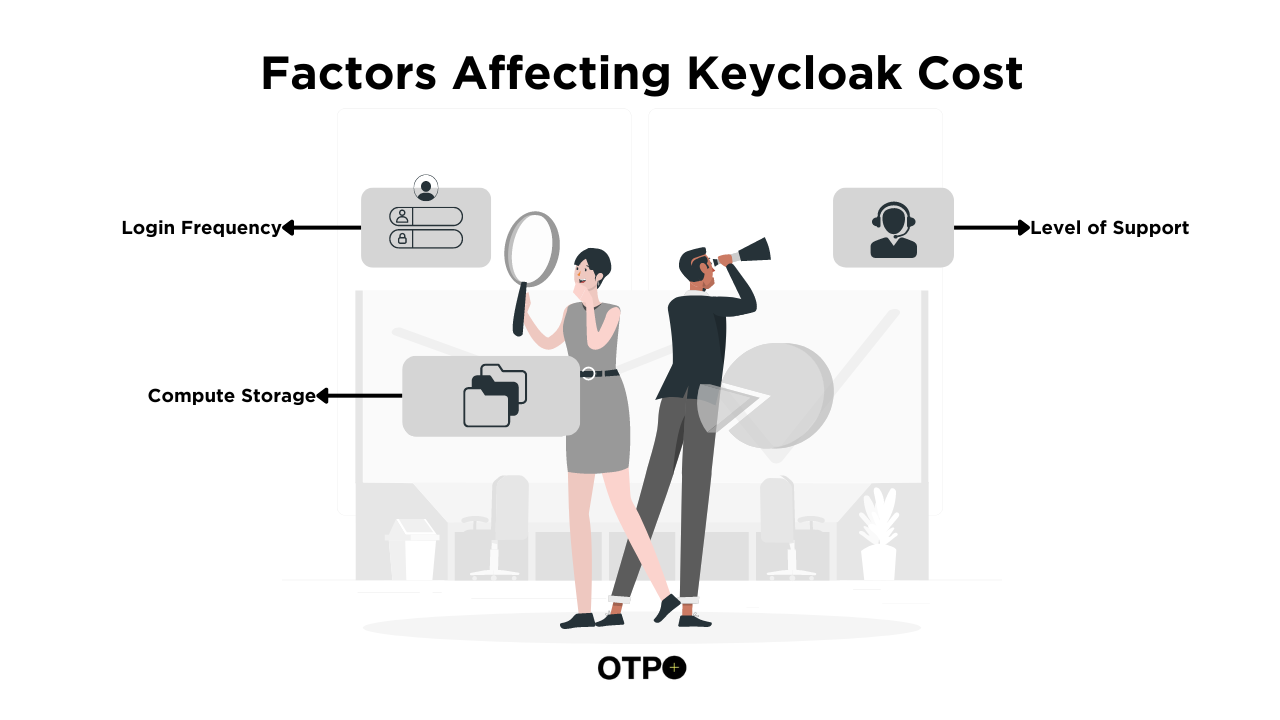
The total cost of implementing Keycloak in application development can vary based on several factors:
Login Frequency
Larger and more complex applications may require more extensive integration, leading to higher development and maintenance costs.
There are SMS pumping attacks that could inflate your billings unpredictably. For E-commerce brands, it is up to 60% of the billings.
20% is moderate expected inflation in billing in general.
Compute Storage
Existing infrastructure capabilities and requirements can influence the choice of deployment options for Keycloak, affecting overall infrastructure costs.
Level of Support
Organizations opting for additional support or customization services may incur higher costs than those relying solely on community support and out-of-the-box features.
Strategies to Minimize Keycloak Costs
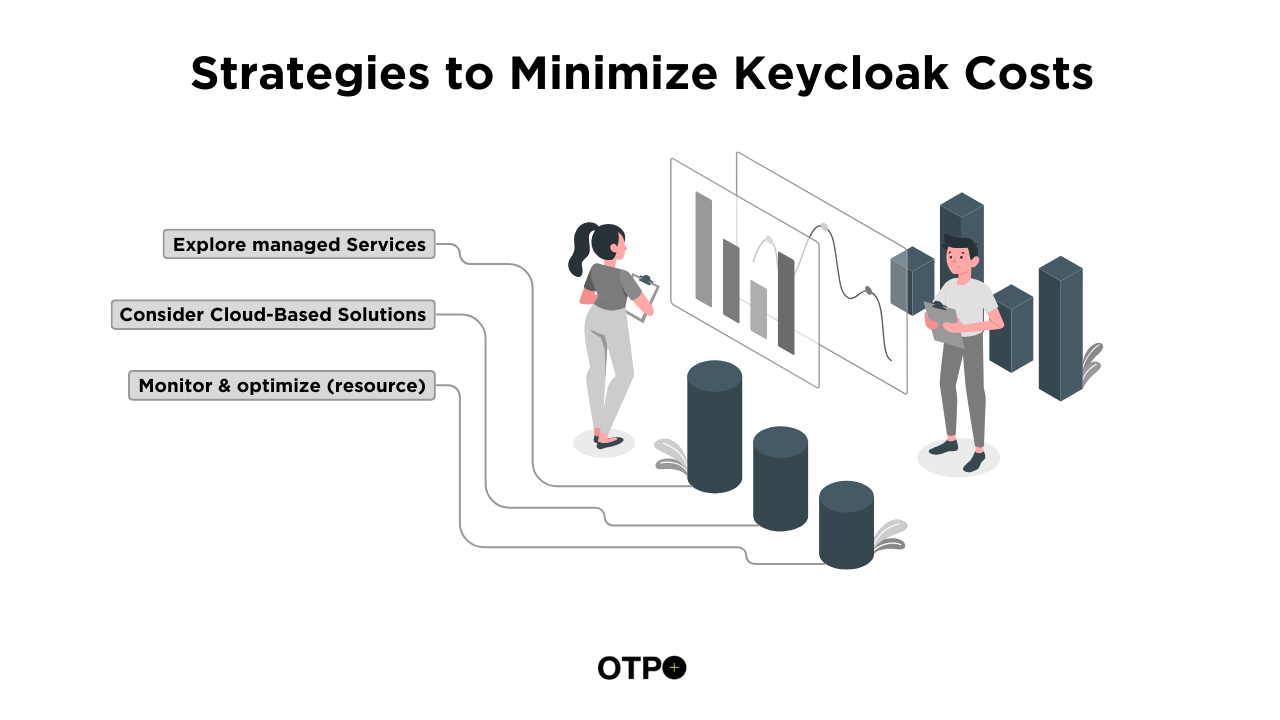
Now that we’ve outlined the costs let’s discuss strategies to keep them from spiraling out of control.
Explore Manage Services
Take your time with paid solutions. There are plenty of open-source alternatives that suit your needs. Out of Box, Turnkey Tool
Consider Cloud-Based Solutions
Cloud hosting can be cost-effective and scalable, saving you money in the long run.
Monitor & Optimize Resource
Regularly monitor your Keycloak instance and tweak settings to ensure efficient resource usage.
Conclusion
In conclusion, implementing Keycloak in application development offers numerous benefits regarding authentication, authorization, and user management. However, organizations must be aware of the costs and adopt strategies to minimize these expenses effectively. By understanding the factors influencing cost and implementing cost-saving measures, organizations can leverage Keycloak to enhance security and user experience without breaking the bank.
